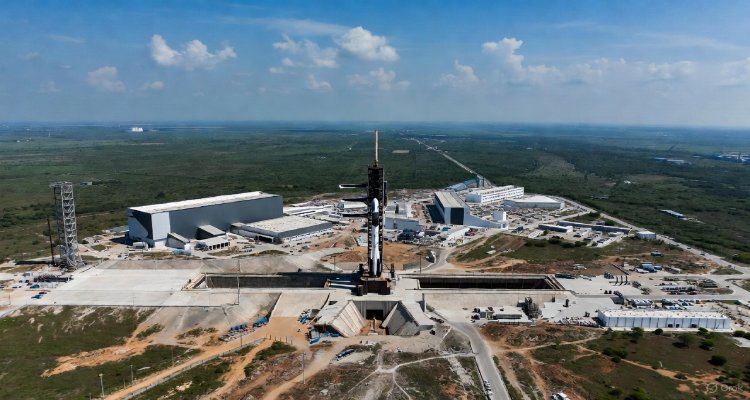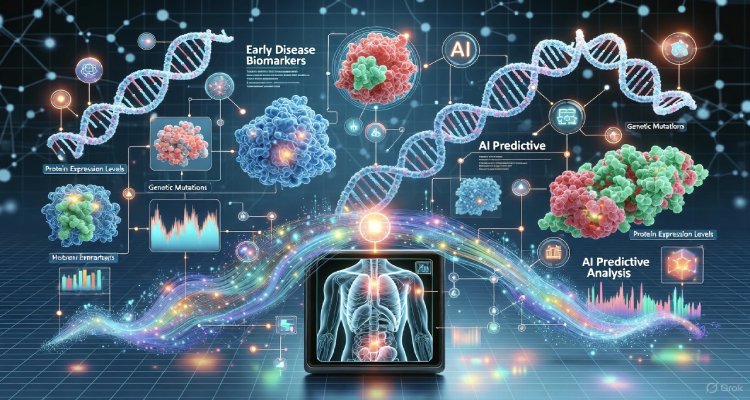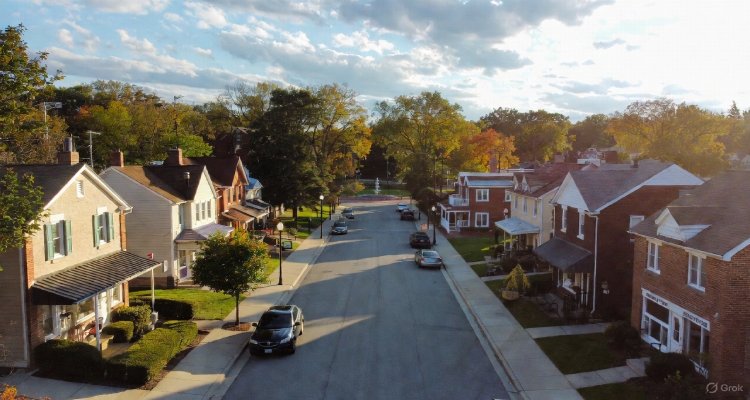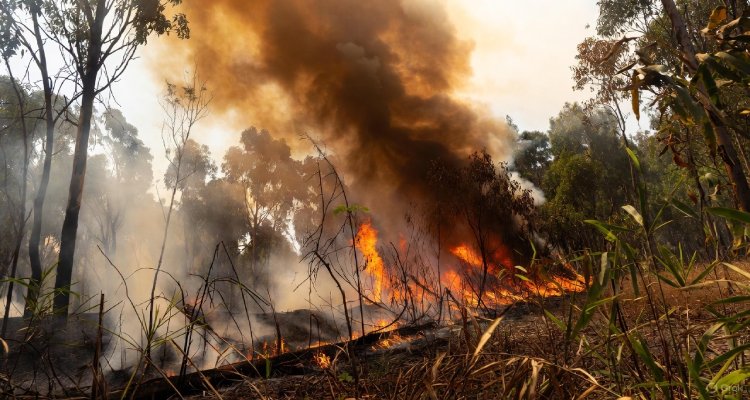How Scientists Are Using AI to Fight Climate Change
Scientists are turning to artificial intelligence to tackle climate change—from predicting wildfires to optimizing renewable energy. Here’s how AI is reshaping the climate fight.
The Climate Crisis Meets Code: Can AI Help Save the Planet?
As global temperatures break records and extreme weather events intensify, scientists are turning to a new ally in the battle against climate change: artificial intelligence. From tracking carbon emissions in real time to optimizing solar panel output, AI is rapidly becoming an essential tool in understanding—and combating—our warming world.
While policy changes and public behavior remain critical, the sheer scale and complexity of the climate crisis demand tools that can analyze enormous datasets, identify patterns, and recommend actionable solutions. That’s where AI shines.
A New Era of Climate Science
Climate change is a multifaceted challenge. Monitoring ecosystems, predicting future climate scenarios, managing renewable energy grids, and reducing industrial emissions require the integration of massive, complex datasets. Traditional models, though effective, often fall short in speed and scalability.
Artificial intelligence, particularly machine learning (ML), bridges this gap. Trained on climate, environmental, and satellite data, AI systems can learn from patterns and offer predictions or optimization models far faster than human analysts alone.
For example, AI models are now being used to:
- Predict wildfire risks days in advance
- Detect methane leaks via satellite imagery
- Forecast extreme weather events
- Monitor deforestation in near real-time
- Optimize wind and solar energy generation
Each application translates into saved resources, reduced emissions, or faster response times—critical advantages in the race against climate catastrophe.
Key Innovations Driving AI Climate Solutions
1. AI for Wildfire Prediction and Prevention
In California and Australia, machine learning is being used to predict wildfire outbreaks before they start. AI systems trained on data like soil moisture, wind patterns, temperature, and vegetation levels can forecast potential fire zones with surprising accuracy.
NASA and Google’s “AI for Natural Disaster Resilience” project uses satellite imagery and AI to monitor fire-prone regions and dispatch early warnings to firefighting agencies. This leads to quicker containment and less environmental damage.
2. Carbon Emission Monitoring from Space
AI-enhanced satellite systems like GHGSat and MethaneSAT can now track industrial carbon and methane emissions with pinpoint accuracy. These systems use computer vision and neural networks to process high-resolution images and identify emissions sources—including illegal or previously undetected leaks.
Governments and regulators can use this data to hold polluters accountable and improve transparency in global emissions reporting.
3. Optimizing Renewable Energy Grids
One of AI’s most practical applications lies in the energy sector. Wind and solar power are inherently variable—but AI algorithms can forecast renewable energy production hours or days ahead, helping utilities balance supply and demand more efficiently.
Google DeepMind’s AI tools helped boost the value of wind energy by predicting output 36 hours in advance. Meanwhile, startups like AutoGrid and FlexGen are using AI to manage distributed energy resources across smart grids, cutting down on fossil fuel reliance.
4. Climate Modeling and Forecasting
Traditional climate models are resource-intensive and often run on supercomputers for weeks. AI models, by contrast, can simulate climate scenarios at higher resolution and speed.
For instance, the European Centre for Medium-Range Weather Forecasts (ECMWF) is integrating machine learning into its forecasting tools, allowing quicker adaptation to new climate variables and helping scientists better understand long-term trends.
What Experts Are Saying
“AI is transforming how we approach climate science,” says Dr. Priya Natarajan, a climate data scientist at Yale University. “Its ability to analyze vast, disparate datasets helps us identify not only what’s happening—but how we can intervene faster and more effectively.”
Meanwhile, Dr. Peter Gleick, co-founder of the Pacific Institute, cautions that while AI is powerful, it’s no silver bullet:
“Technology should enhance—not replace—sustainable policymaking. AI helps us see the problem more clearly, but governments still need to act on the information.”
Challenges and Ethical Considerations
Despite its promise, deploying AI in climate work isn’t without challenges:
- Data Bias & Gaps: AI models are only as good as the data fed into them. In many parts of the developing world, reliable environmental data is sparse, limiting AI’s effectiveness.
- Energy Use: Ironically, training large AI models can itself be energy-intensive. However, newer green computing initiatives are working to make this more sustainable.
- Equity: Wealthier nations and corporations dominate AI development. Ensuring equitable access to AI tools is key to making global climate solutions inclusive.
The Road Ahead: A Smarter, Greener Future?
Looking forward, the role of AI in climate strategy is poised to expand. The UN has called for AI to be part of a “digital green transition,” encouraging collaboration between nations, tech companies, and environmental groups.
In addition to helping scientists, AI will soon empower farmers, city planners, architects, and conservationists with real-time insights to reduce their environmental footprints. Already, tools like ClimateAI are helping vineyards adapt to shifting growing seasons, while IBM’s Green Horizons platform offers urban planners data-driven paths to sustainability.
Conclusion
AI won’t stop climate change on its own—but it’s fast becoming an indispensable partner in the fight. With smarter tools, sharper predictions, and swifter interventions, scientists are unlocking new possibilities in one of humanity’s greatest challenges.
The fusion of technology and climate science offers hope—and a chance to act before it’s too late.
Disclaimer: This article is for informational purposes only and reflects the current use of AI in climate science based on publicly available data. It does not constitute professional environmental advice.











